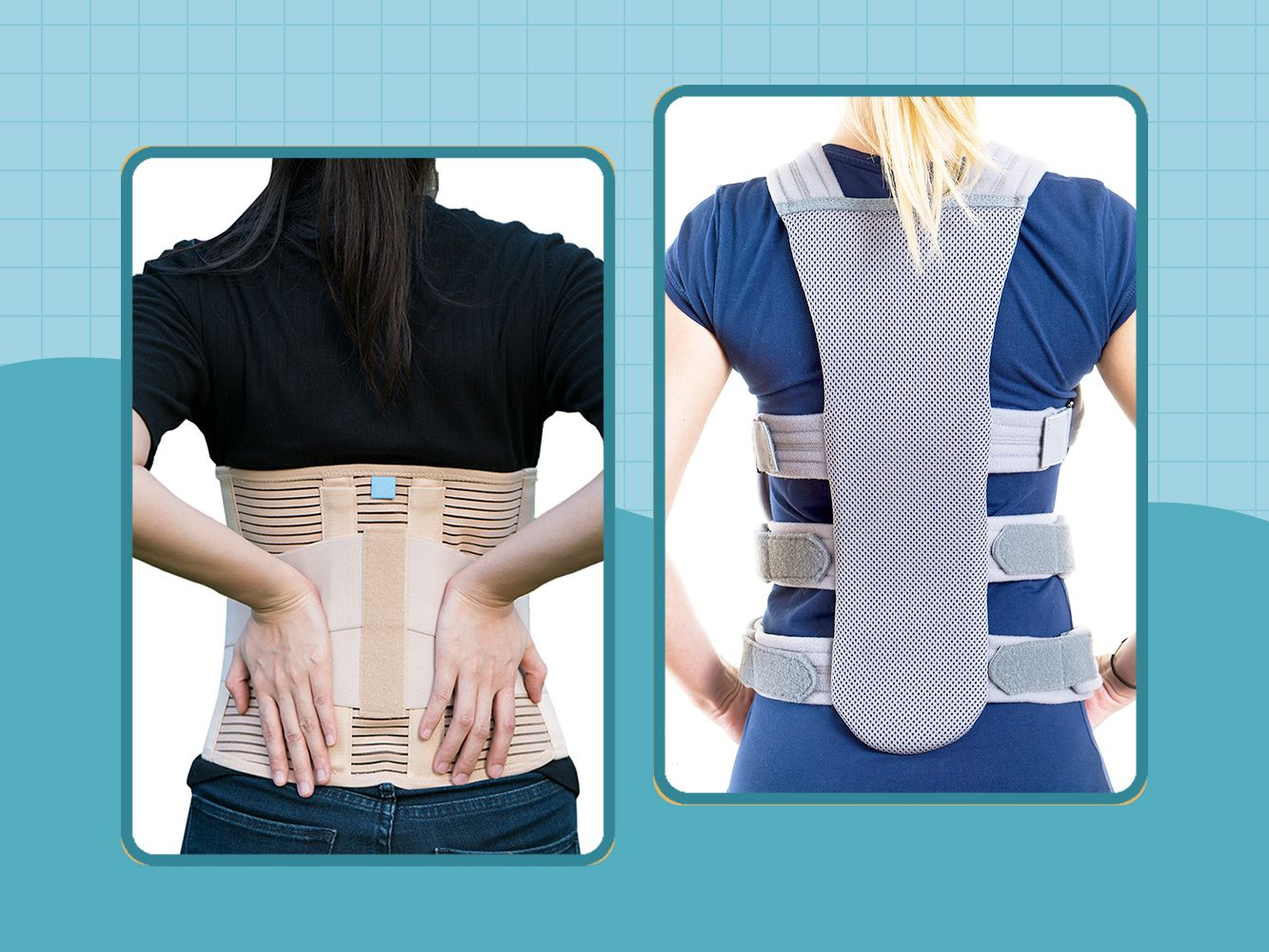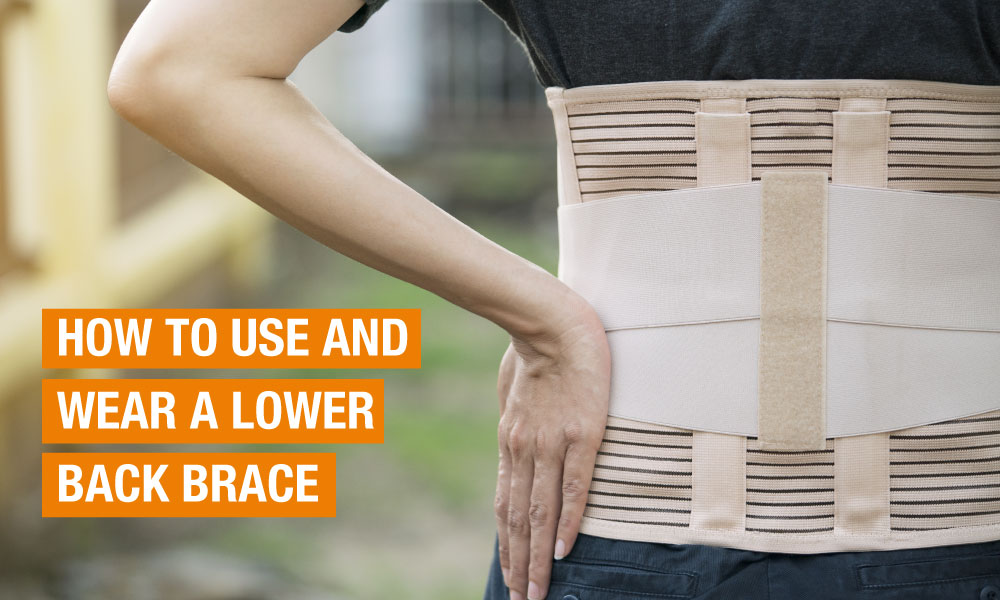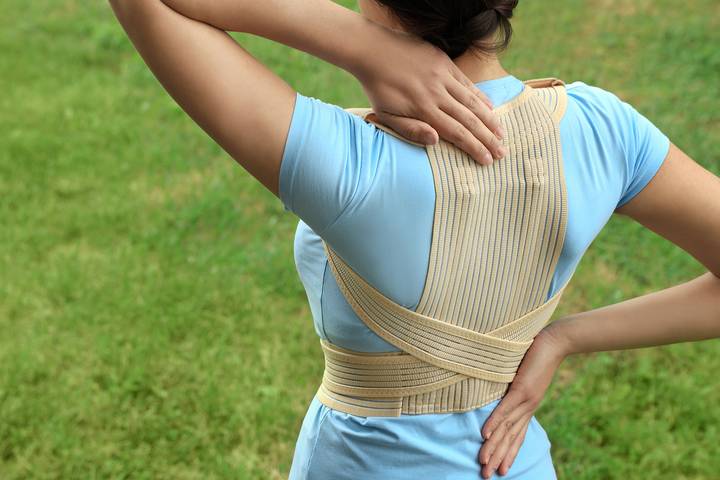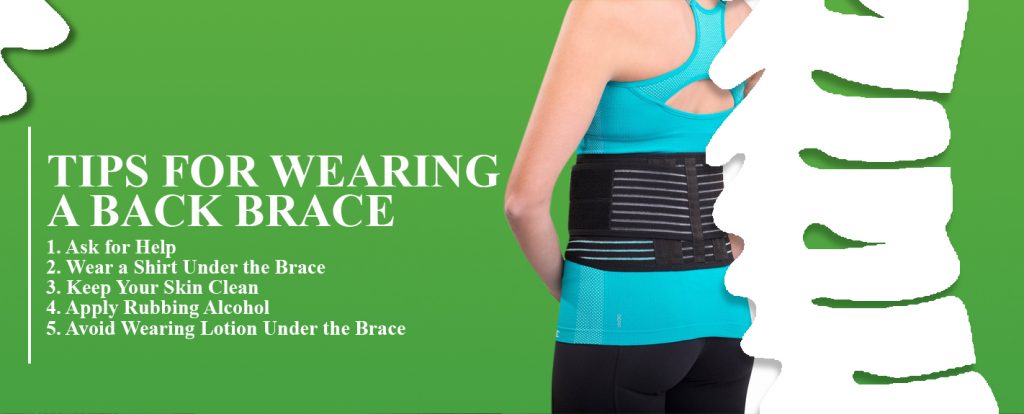Can You Wear A Back Brace All Day

Imagine the scene: You’re at the local farmers market, browsing the colorful stalls brimming with fresh produce. The sun is warm, the air alive with chatter, but a nagging ache in your lower back threatens to cut your outing short. You reach for your back brace, a familiar comfort, and wonder, “Could I just wear this all day and forget about the pain?”
The question of whether one can wear a back brace all day is a complex one, fraught with potential benefits and risks. While back braces can provide much-needed support and pain relief, especially during acute episodes of back pain, prolonged, continuous use may lead to muscle weakness and dependence. Determining the appropriate use of a back brace involves understanding its purpose, the type of brace, and individual health conditions.
Understanding Back Braces
Back braces aren't new inventions; they've been used for centuries in various forms to support the spine. Modern braces come in a range of designs and levels of support, from flexible lumbar supports to rigid thoracolumbosacral orthoses (TLSOs). The primary function of a back brace is to limit movement, provide spinal stability, and reduce the load on the spine.
The underlying idea is to give the injured or weakened tissues a chance to heal. This can be particularly useful for those recovering from injuries like sprains, strains, or even post-surgical procedures. Understanding that these devices serve as *temporary* aids is critical.
Types of Back Braces
There are primarily two main categories of back braces: flexible and rigid. Flexible braces, often made of elastic or neoprene, provide gentle support and compression. Rigid braces, on the other hand, are constructed with hard materials like plastic and metal, offering greater restriction of movement.
Choosing the correct type of brace depends largely on the individual's condition and the level of support required. A doctor or physical therapist should always be consulted to determine the most suitable option.
Benefits of Back Brace Use
Back braces can be remarkably effective in managing back pain. They work by providing external support to the spine, reducing muscle strain, and limiting painful movements.
For individuals with acute back pain or those recovering from surgery, a back brace can offer significant pain relief and improved mobility. Moreover, a brace can promote proper posture, which, in turn, can alleviate pressure on the spine and surrounding tissues.
"Back braces can be a valuable tool in managing back pain, but they are not a long-term solution,"states Dr. Emily Carter, a physical therapist specializing in spinal rehabilitation. “The key is to use them judiciously and in conjunction with other treatments, such as exercise and physical therapy.”
The Risks of Prolonged Use
While the immediate benefits of a back brace can be tempting, wearing one all day, every day can lead to several problems. One of the most significant risks is muscle weakness.
When the back brace provides external support, the muscles responsible for stabilizing the spine become less active. Over time, this can lead to atrophy or weakening of these crucial muscles. This reliance on external support can create a vicious cycle, where the weakened muscles become increasingly dependent on the brace.
Furthermore, prolonged use can lead to stiffness and reduced range of motion. The spine is designed to move, and limiting its natural movement for extended periods can lead to joint stiffness and decreased flexibility. There is also the psychological dependence to consider. People may begin to feel insecure without it, hindering their body's natural healing mechanisms.
Expert Opinions and Guidelines
Medical professionals generally advise against wearing a back brace continuously for extended periods. Most suggest using a brace only during activities that exacerbate back pain or during periods of acute pain flare-ups.
According to the *American Academy of Orthopaedic Surgeons*, back braces should be used as part of a comprehensive treatment plan that includes exercise, physical therapy, and lifestyle modifications. The goal is to gradually wean off the brace as the back muscles strengthen and pain subsides.
"It's important to remember that a back brace is a tool, not a cure," emphasizes Dr. James Lee, an orthopaedic surgeon. "Think of it like a crutch. You wouldn't use a crutch forever; you use it until your leg heals. The same principle applies to back braces."
Alternatives and Long-Term Solutions
Focusing solely on back braces addresses only the symptom, not the root cause. Physical therapy is often the first line of defense in treating back pain. A physical therapist can develop a customized exercise program to strengthen core muscles, improve flexibility, and correct posture.
Other effective strategies include maintaining a healthy weight, practicing good body mechanics when lifting or sitting, and engaging in regular aerobic exercise. Addressing these lifestyle factors can significantly reduce the risk of back pain and decrease the need for external support.
Moreover, techniques like yoga, Pilates, and massage therapy can help improve flexibility, reduce muscle tension, and promote overall well-being. These holistic approaches can contribute to long-term pain management and improved quality of life.
Real-Life Scenarios
Consider Maria, a 45-year-old teacher who developed chronic back pain after years of standing and bending over to help her students. She initially found relief with a back brace, wearing it all day to get through her classes.
However, after several months, she noticed that her back muscles felt weaker, and she couldn't stand for as long without the brace. Working with a physical therapist, Maria learned exercises to strengthen her core and improve her posture. She gradually reduced her dependence on the brace, using it only during particularly demanding activities. She now manages her pain effectively with exercise and proper body mechanics, relying less on the external support.
This underscores that a tailored approach, combining short-term support with long-term strengthening, is essential.
Making Informed Decisions
The decision of whether or not to wear a back brace, and for how long, should always be made in consultation with a healthcare professional. It’s crucial to have a thorough evaluation to determine the underlying cause of your back pain and develop an appropriate treatment plan.
Openly discuss your concerns and expectations with your doctor or physical therapist. Ask about the potential risks and benefits of brace use, as well as alternative treatment options. Informed decision-making is the key to achieving optimal outcomes and preventing long-term complications.
Remember that back braces are not a one-size-fits-all solution. What works for one person may not work for another. It is crucial to personalize approach.
Conclusion: A Balanced Approach to Back Pain Management
The allure of constant support from a back brace can be strong, especially when battling persistent pain. However, the long-term consequences of relying solely on this external support far outweigh the temporary comfort it provides. The key lies in a balanced approach – using a brace strategically as a temporary aid, while actively working on strengthening your body and addressing the underlying causes of your pain.
Embrace physical therapy, adopt healthy lifestyle habits, and listen to your body. The journey to a pain-free back is a marathon, not a sprint. Remember, a back brace can be a helpful companion, but it's your own strength and resilience that will ultimately carry you across the finish line.
Ultimately, it's about empowering yourself with knowledge and actively participating in your own recovery. Your back will thank you.


/VW-Health-v1-The-7-Best-Back-Braces-of-2021-4582908-primary-fc29e7eed1d3455e82aa85b7fbe94f45.jpg)


![Can You Wear A Back Brace All Day How To Properly Wear A Back Brace For Maximum Support [Tips]](https://loaids.com/wp-content/uploads/2023/06/Tips-to-Properly-Wear-a-Back-Brace-for-Maximum-Support--533x800.jpg)












